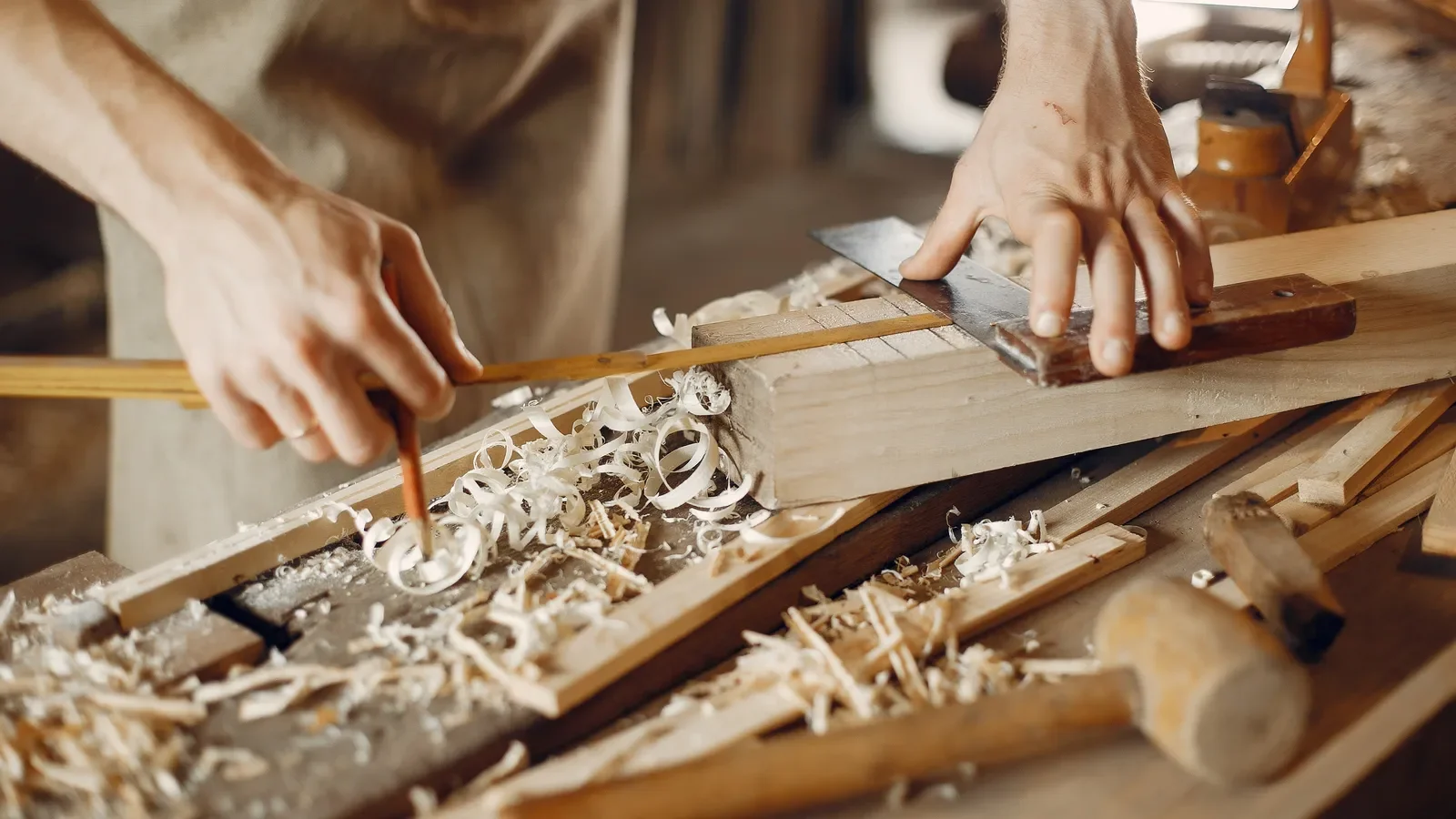The video above explores the deep connections between personal development and creativity — in particular, creative writing. After you review the video, you may find the practical tips and suggestions below to be helpful in transforming these abstract ideas into concrete words on the page.
On Learning Writing from the Ancients
For most of its history literature has taken the form of epic poetry. This history is long: five thousand years, perhaps much longer. And within the genre of epic poetry – from the Egyptian Pyramid Texts to Homer to the Kalevala – every word counts. The rhythm counts. Resonance and fluidity count. No slack exists in these texts, no lazy meanderings of phrase or structure. These ancients texts are spare, clean, and tight. We could learn a great deal from these archaic authors. There are reasons for the enduring quality of their texts.
So, to be an epic poet:
- Sit comfortably. Turn down thoughts. Relax. Enter into a contemplative mood.
- Consider what you are trying to express in the sentence you are about to write.
- Write one sentence at a time.
- Review the sentence before moving on. Make it as perfect as you can. Spend all day on one sentence if required (but don’t spend too long...)
- Make sure your sentence contains the best words for what you are trying to say.
- Examine the phrase order. Look for a tighter order, more spare or visceral or elegant.
- Speak the sentence aloud. Find its rhythm and sonority. Tweak as required. Don’t rush.
- Take out all extra words and lazy phrasings, especially those that are habitual. Excise adverbs, gerunds, and verb phrases (there is..., I’ve done..., We’re going...) whenever possible.
- Shorten the sentence if you can (without diminishing its meaning).
- Take a short break, gaze out the window, return to the sentence, and review it once more.
- Leave it alone. Build your next sentence.
Good writing builds sentence upon sentence. Each new contribution adds to the structure and the framework of clarity. Why go farther (pro tip: farther refers to distance or extent; further denotes an action in service of) – why go farther down your creative track when the foundation is not yet established? I know, you have probably been told to just write, to get words on the page, to come back to them later and try to make sense of your scratchings. No, I am not a fan of this method. I prefer to approach writing as a Zen-like activity, an action of the razor-sharp mind and open heart working together. Writing is not catharsis but clarity.
Let’s take a practical example. Here’s a possible sentence:
Down on Granville Street, where my grandfather’s jewelry store used to be, there are now a bunch of old, boarded-up buildings waiting quietly to be renovated.
Alright, this is a start. I’m trying to say something in this sentence: about change, nostalgia, perhaps about renewal. It’s not yet clear. So, let’s start with the beginning:
Down on Granville Street
Down and on are both prepositions, only one of which is required. Therefore we can make this first phrase more succinct:
On Granville Street
Next up, the second phrase:
where my grandfather’s jewelry store used to be
This phrase is the heart of the sentence; it needs to be clear and strong. Used to be is an awkward verb phrase. It tries to articulate, in three words, the nostalgia and ambivalence of the sentence. And yet, used to be is almost devoid of meaning here. It is a marker and nothing more. Let’s try something more robust and imaginal:
<p class="my3">
<code>where my grandfather’s jewelry store once stood</code></p>
By using once stood in this way, we’re indicating the past in more resonant terms. We are also implying a fall – what once stood, then fell. Also, we’re implying a steadfastness of the old place, a sense of presence that was previously lacking. So far so good. Now, onto the tricky part:
there are now a bunch of old, boarded-up buildings waiting quietly to be renovated
Well, this is a tidy mess. Too many things going on, too many overt indications when subtlety is called for. Not to mention the awkward phrase a bunch of. Yikes. Where to begin? How about with some editing:
boarded-up buildings waiting quietly to be renovated
OK, this makes things a bit easier. Now we have the rudiments of a decent clause, something about old buildings. We know that the gerunds and adverbs are typically (except right here!) to be avoided, so we can clean up the phrase:
boarded-up buildings wait to be renovated
Now, tumbledown is a better word than boarded-up (ramshackle would be good here, too). And wait to be renovated is awkward and anthropomorphic in a way that doesn’t seem to suit the imagery of the sentence. And we might spruce up the language a bit with some alliteration (use sparingly!):
tumbledown buildings lie in lethargy
Better. But I keep thinking about ramshackle and tumbledown. Could I use both? Let’s see:
ramshackle buildings lie in lethargy upon the tumbledown street.
I like this. But it will require that I abandon my theme of renewal. The sentence will be sadder without it, yet probably more authentic too. And less self-conscious. Let’s try the whole thing out:
On Granville Street, where my grandfather’s jewelry store once stood, ramshackle buildings lie in lethargy upon the tumbledown street.
Not bad. The sentence embodies nostalgia, sadness, personal and social loss, and something else – but we don’t know what yet. It’s something about what happens next, or later, the contrast between the past and the present. The sentence itself leads me on, as its writer, to the next stage. It provokes me to think about contrasts, about words such as glittering and forlorn, and about what we preserve and discard. I cannot write the next sentence without first the polished catalyst of the first.
